
Chapter 16. Chapter 16: Conversation and Biodiversity
Review & Rehearse

Instructions
Review the visual summaries and answer the essay questions below.
Make sure to enter a brief response that completely answers each question and explains your reasoning. When you click "Submit," you will be provided instant feedback, allowing you to check if your response is correct.
(This activity contains 14 total essay questions. Each new question will be revealed once you complete the preceding question.)
1.

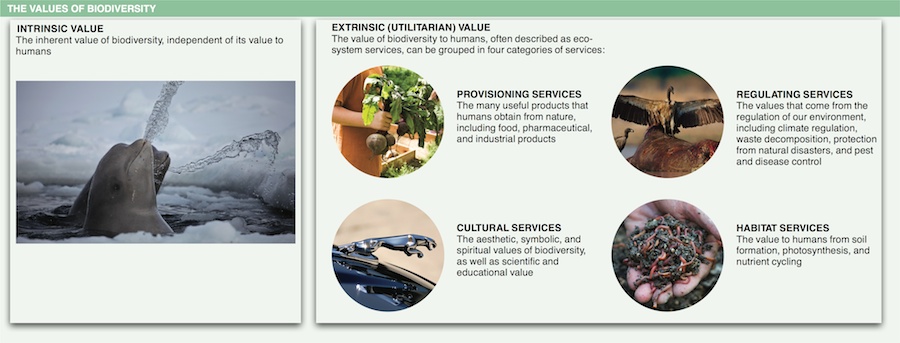
1. Following the oil leak in the Gulf of Mexico, scientists observed a drop in the oxygen saturation of the water and a disappearance of methane. What were they able to determine from this observation?
2.

2. How is biodiversity defined?
3.
3. What makes studying biodiversity particularly difficult?
4.

4. Describe three factors that influence the species richness in an area.
5.
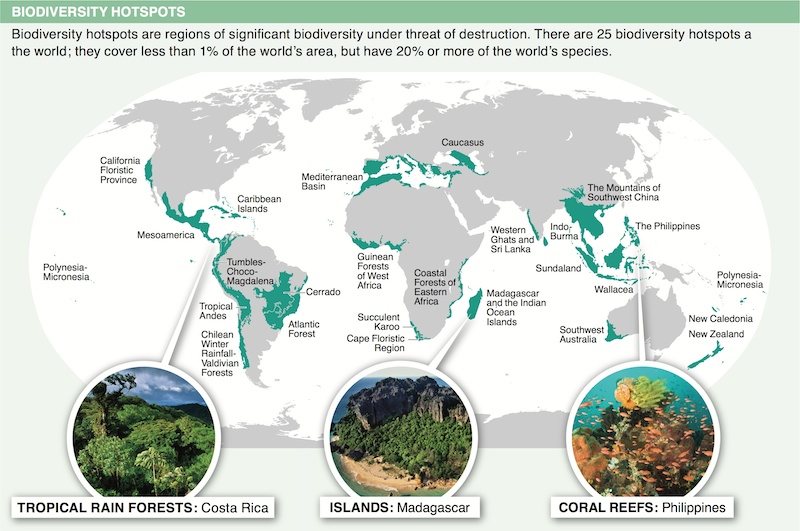

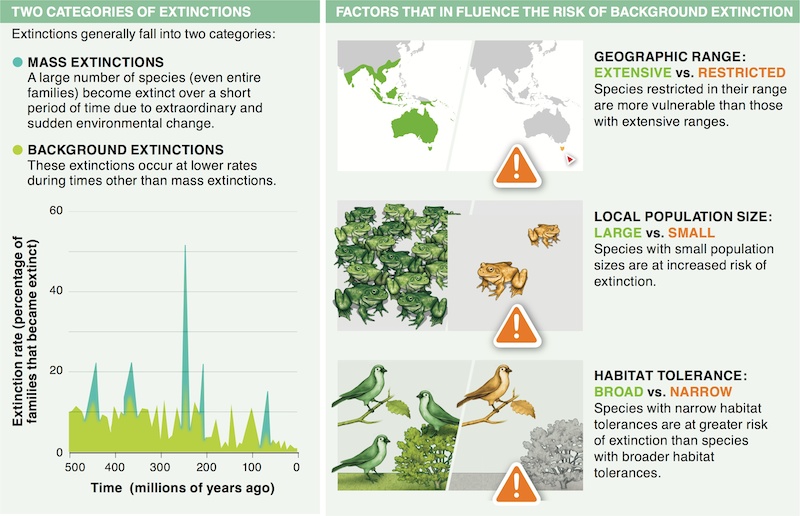

5. Describe a feature of tigers that renders their species susceptible to extinction.
6.
6. What is the chief reason for the loss and impending loss of so many species?
7.

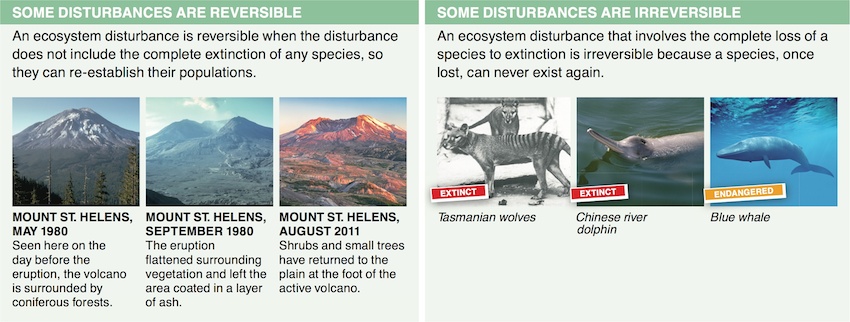
7. Why are ecosystem disturbances that involve the loss of species considered so devastating?
8.
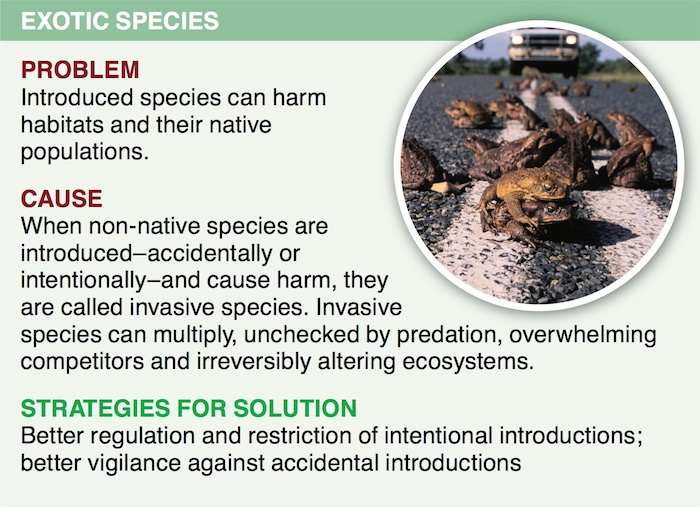
8. Describe two reasons why we should be concerned about exotic species.
9.
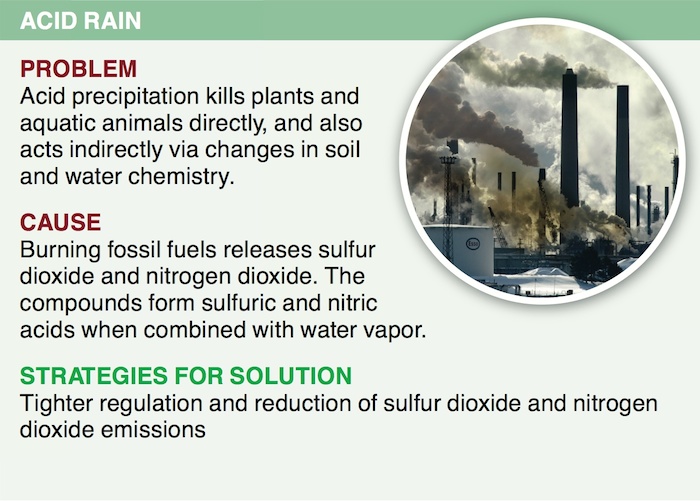
9. Which gases are produced when fossil fuels are burned?
10.
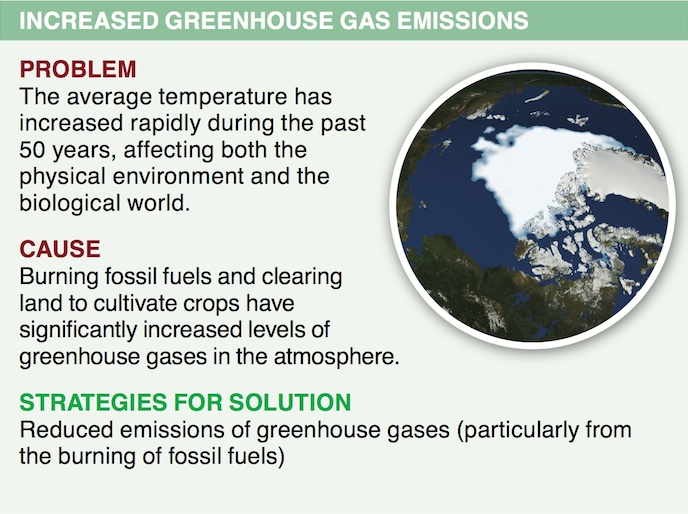
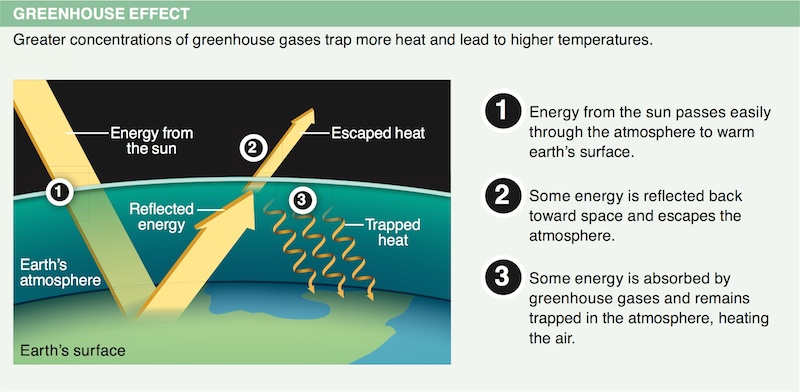
10. Why are carbon dioxide and methane called “greenhouse gases”?
11.
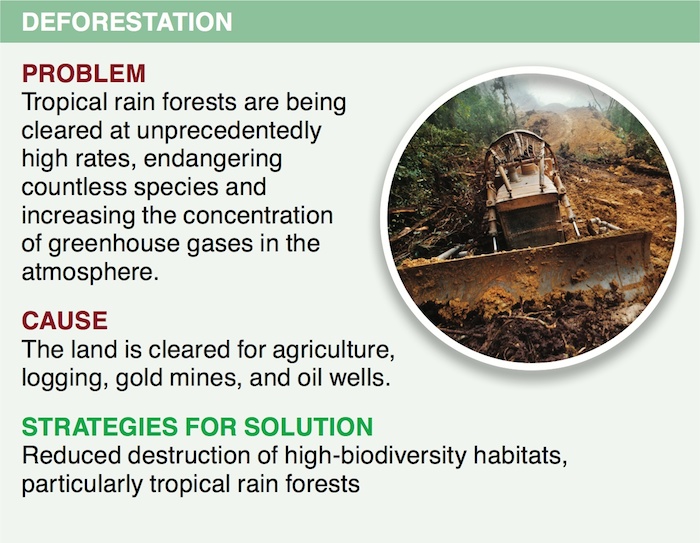

11. Describe two important ecological effects of deforestation.
12.

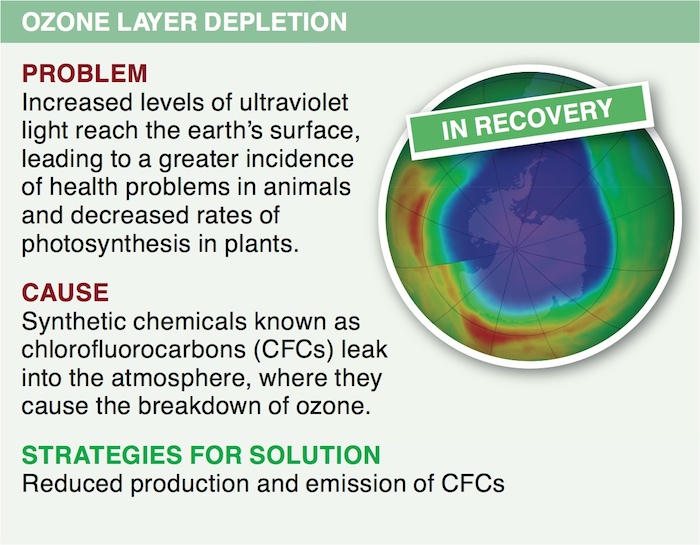
12. What has been one effect of the decline in the production and use of CFCs?
13.

13. Describe one impact of the difficulty in defining biodiversity on conservation efforts.
14.

14. Describe the significance of keystone species such as kelp.
Activity results are being submitted...